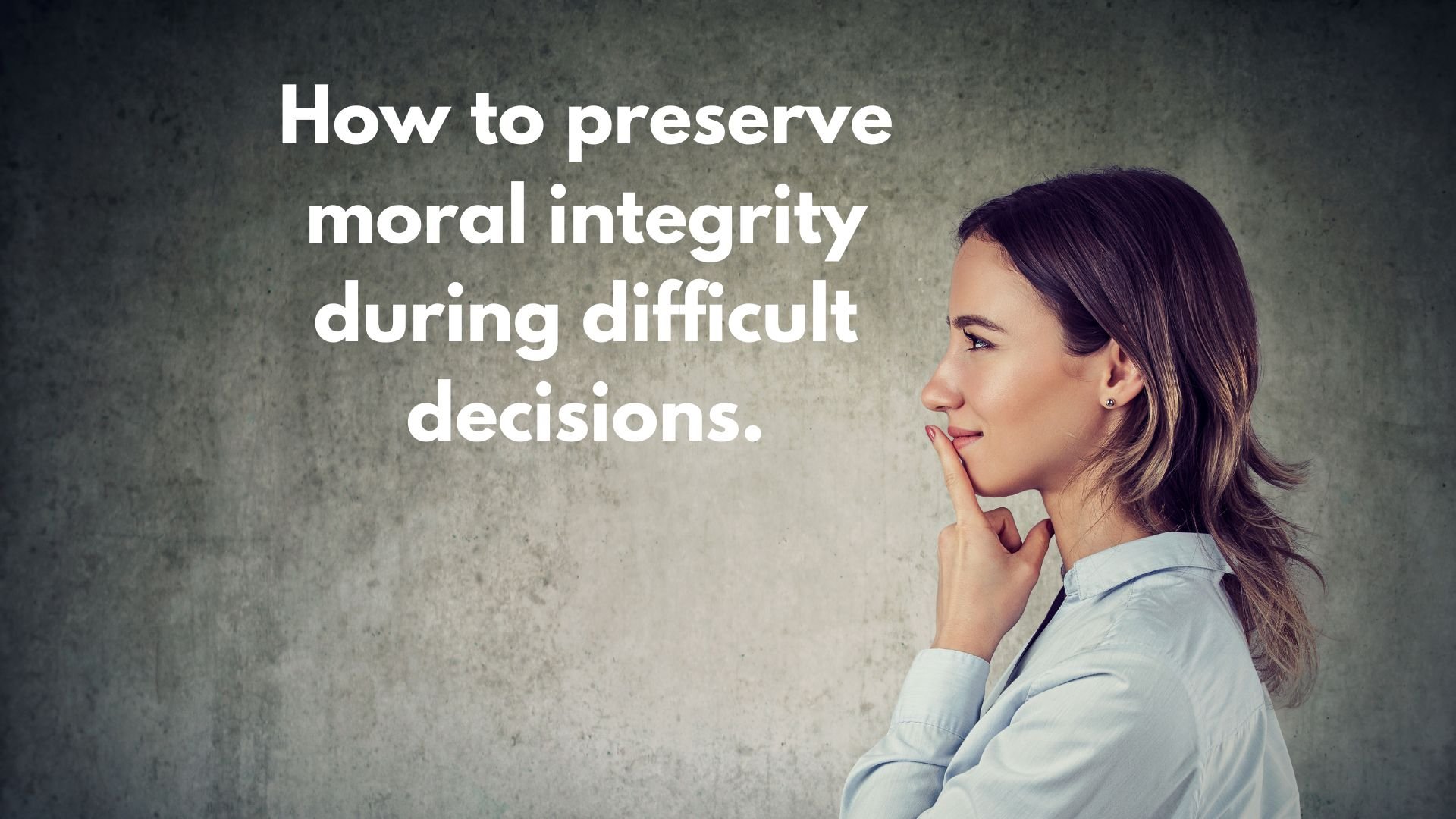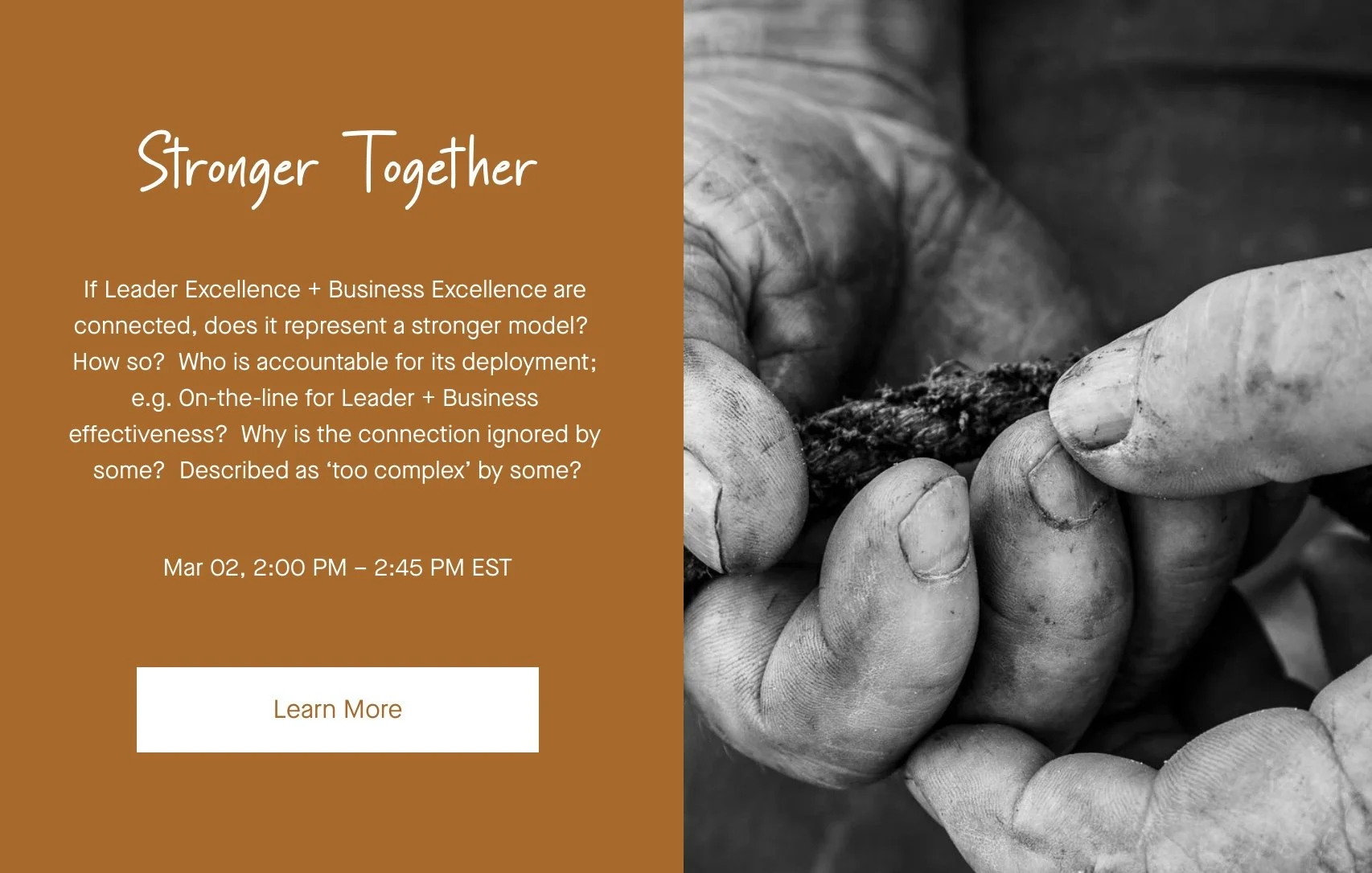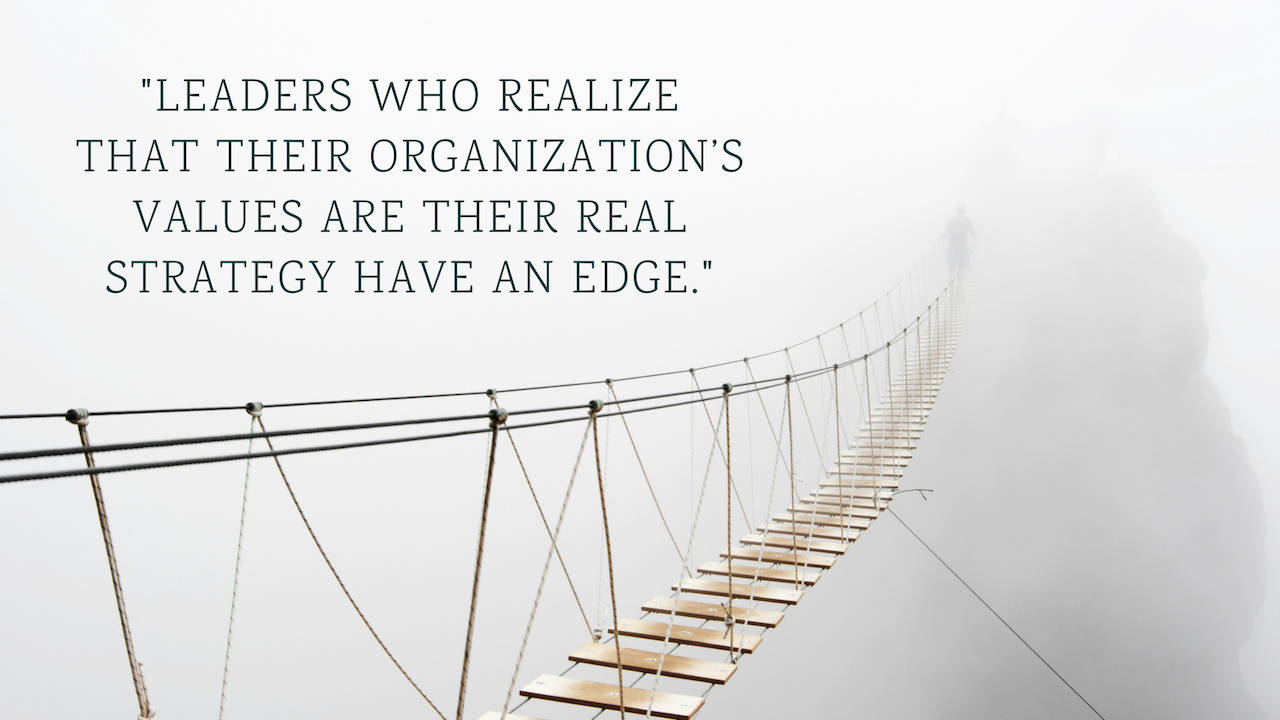Widening Your Window of Tolerance
Growing your self-awareness as a leader, is helped by knowing what expands or contracts your Window of Tolerance. This will help you to remain inside it more often.
How to preserve moral integrity during difficult decisions
This article offers advice on decision-making and the importance of aligning personal values with business decisions. It also provides three principles to help structure better relationships and avoid conflicts in the workplace.
The High-Performing Leader: 4 PA Questions to Combat Complacency
When an organization has a high-performing leader at its helm, its biggest risk is complacency.
Here are some questions a Board may wish to ask itself to stay sharp. Do we have a formal ED succession plan/policy in place? Have we done a compensation benchmarking exercise recently to ensure we are competitive in the marketplace? What are professional development opportunities that could continue this leader’s growth? Do we have good knowledge transfer processes in place?
Jonathan Bennett in Conversation with Regina Hepp of Rejuvi
If Leader Excellence + Business Excellence are connected, does it represent a stronger model? How so? Who is accountable for its deployment; e.g. On-the-line for Leader + Business effectiveness? Why is the connection ignored by some? Described as ‘too complex’ by some? A conversation at Rejuvi 45 Series between Jonathan Bennett and Regina Hepp.
Beating the Overwhelm
Decision making can be messy, agonizing, stymieing. We can get all flight or fright. After all, as leaders we bring our full selves to it. There are real consequences we must accept. But, know there is always a way through the overwhelm.
Why Perfect Plans Don’t Exist (and what to do about it.)
Perfect Plans Don’t Exist. There’s no one “right way” to set clear, positive, intentions for your future. Because the purpose isn’t that it “should all come true.” It’s that you have a reference against which to compare when decision points come along (like that bend in the river).
Who should win: Jill or Jack
All relationships evolve. We start with good intentions, and as we overcome obstacles, trust, hope, and ambition builds. Our needs overlap; our interests enmesh. But the going, inevitably, gets hard. In this post, executive coach Jonathan Bennett, uses the nursery rhyme of Jack and Jill to unpack options and considerations to keep workplace and business relationships healthy.
Don’t try to win. Instead, ask for what you need.
Don’t try to win; instead, ask for what you need. Learn how to convert negotiations back into conversations by asking for what you really need.
Why you make time for the things you want
We often blame “not having enough time.” But, sometimes the real issue is priority setting. This post digs into why we externalize the problem and blame “not enough time”, and asks, when you don’t meet your own priorities: what’s really going on there for you?
How to Avoid Divided Loyalties
On coaching, I agree with Robert Ellis who said on a private forum recently, "you can't coach unless the client trusts you. Bottom line." So true.
My larger message: set clear boundaries and clear agreements up front. Avoid divided loyalties wherever you find them, because you'll please no one.
How to Avoid the ‘Tyranny of the Urgent’
What happens when more of your work is planned out, and calmly done? When you set and maintain boundaries for yourself? Well, you’ll train those around you to respect your time, plans, and needs. Their urgent requests less often become your problem. Your work gets done and so it doesn’t slide into last-minute-deadline territory. It’s a virtuous cycle that builds strength the longer it rules.
My Top 10 Problem-Solving Questions
Top 10 Problem-Solving Questions, article by Jonathan Bennett, executive coaching on how to ask yourself good questions
Preparing for your first independent board role: Interview
Interview on landing your first independent Board role between Maureen Farmer, Founder & CEO of Westgate Executive Branding & Career Consulting Inc., and Jonathan Bennett, Principal of ClearlyThen Inc.
Take a Risk Already! A LinkedIn Live Conversation
Taking risks – why we do it, why we don’t. Some of us move at a glacial pace to try something new getting stuck in information gathering and analysis paralysis. Others move on intuition and gut feeling. Others still like to rely on a trusty combination of both.
If you’re contemplating taking a risk, making a change, starting something new, join me and fellow coach, Jonathan Bennett, for Take a Risk Already! – a live chat where we hash both sides of the risk-taking continuum, different kinds of motivation, fears, and other thoughts and feelings that either block or push us forward on opportunities to take risks, small and large.
Leadership can be lonely. But only if you let it.
Fall Group Coaching Program. Connect with other leaders. Learn, share and grow. Leadership is lonely. But only if you let it.
I don’t want to be the villain in their story
Firing an employee is difficult. But what really is going on for a leader when they avoid it? In this blog Jonathan Bennett looks at the emotional complexity of firing and what leaders can do to refocus themselves afterwards.
Beware of Trust when Used as a Power Move
The oft-repeated line, that people need to "earn a leader’s trust” is actually a power move. I’ve come to understand it as code for: there is no relationship here, unless I say so. We don't earn trust FROM another person. This is backwards. Trust is granted. We grant trust to a deserving leader. This article has three ways to think about trust.
The Loneliness Paradox
Lack of meaningful connections and relationships have worsened. Many leaders have somehow lost their once-strong, habit of connecting deeply with colleagues. Reconnecting is key.
Values as Strategy: Getting Clear on Leadership
How do your company’s values reflect the strategy you put forth with your team. In fact, the two are linked! Read on to find out how.
What’s the difference between a personality- versus a purpose-driven leader?
There are distinctions between a personality-driven leader and a purpose-driven leader. It’s rarely binary. We all move across the line, sometimes many times in one day. But knowing where you are in a serious moment, how you are showing up for the folks around you, can make all the difference.




















